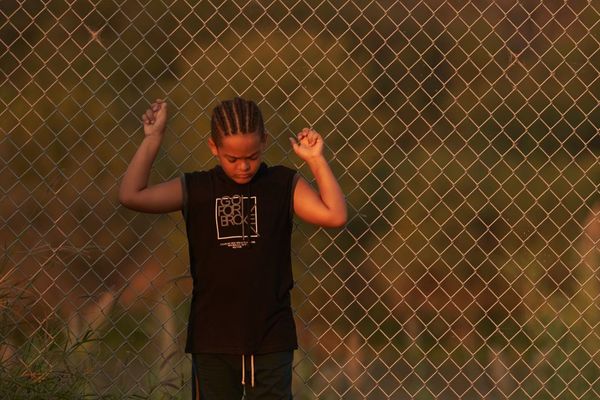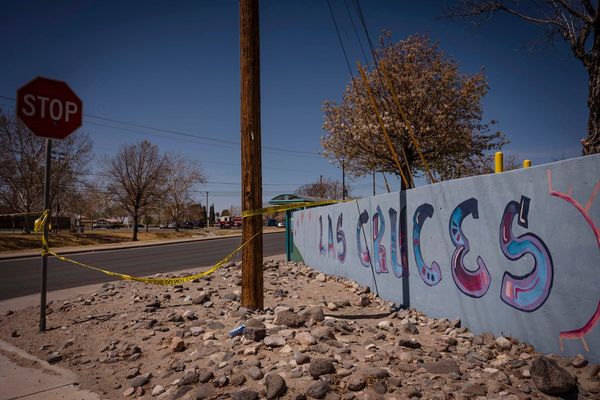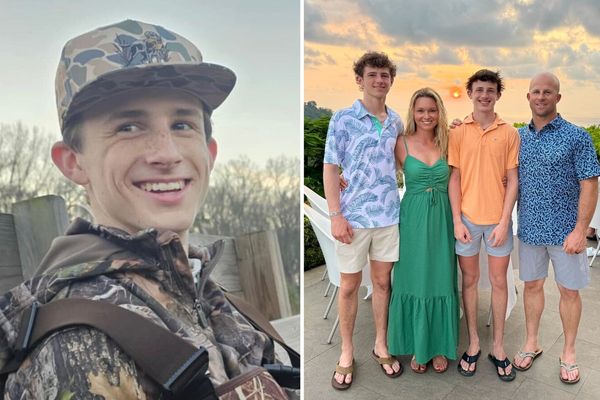Every time I have travelled to rural areas in India during elections, I have run into astute voters who are aware of every aspect of the candidates in the fray, including how many times they have switched parties, and well-versed with the caste equations of the constituency. This hyper awareness is helpful for a reporter. It makes our lives easier when we meet a respondent who is knowledgeable, eager to engage, and does not need to be persuaded to speak.
However, the penetration of the Internet and mobile phone has also meant a surge in disinformation. The challenge then is to separate the voter’s own personal experience or opinion from propaganda. Establishing this distinction is essential to understanding the impact of various election campaigns and what may influence voter choices.
In the run-up to the 2017 Uttar Pradesh elections, while touring the western part of the State, I heard a common complaint among people belonging to upper castes and non-Yadav backward communities against the incumbent government led by Akhilesh Yadav of the Samajwadi Party. They lamented that the government had been building boundary walls for graveyards, even as it took away land from cremation grounds. Nearly a week later, Prime Minister Narendra Modi said at an election rally, “If you create a kabristaan (graveyard) in a village, then a shamshaan (cremation ground) should also be created. If electricity is given uninterrupted in Ramzan, then it should be given in Diwali without a break.” In hindsight, I feel I should have asked the people whether their opinion was based on their own experiences or whether they had heard this elsewhere. I did not know whether the Prime Minister’s comments indicated that his party had its ear to the ground or whether he was merely amplifying propaganda that had already been running.
This election, in Churu, Rajasthan, I found that people feared that reservation would be scrapped. This time, I asked for the source. Why did they think reservation would go? Pat came the reply: they had heard an election speech of BJP candidate Jyoti Mirdha, who was contesting from the Naguar Lok Sabha seat, on WhatsApp. Building a case for voting the BJP and its allies to at least 400 seats, she spoke of “tough decisions” that needed to be taken in the “country’s interest” and that needed constitutional amendments. However, neither her speech nor the reactions to it from the Opposition, which has run a consistent campaign against the BJP saying the “Constitution is in danger”, mentioned any scrapping of reservation. I was puzzled.
Then, miles away in Chhattisgarh, I heard people voicing this fear again. It was clearly not Ms. Mirdha’s words that had prompted this reaction in Chhattisgarh. When I probed further, the voters said they had been hearing about reservation for the last three or four months. One of them mentioned Mr. Modi saying in a speech in November 2023 that among all the “caste groups”, he considered four the biggest — “the poor, the youth, women, and farmers.” Mr. Modi’s remarks were a counter to the Congress’s demand for a caste census. But the voters believed, not without a nudge from the principal Opposition party, the Congress, that if the reality of caste is ignored, then so will reservation.
sobhanak.nair@thehindu.co.in







